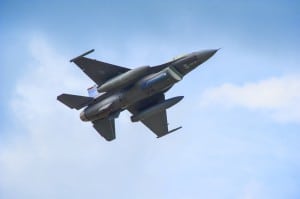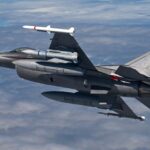
Lockheed Martin [LMT] recently performed the first flight of its Legion Pod multi-function sensor system the company is offering for the Air Force’s F-15C infrared search and track (IRST) program, according to a company executive.The flight took place on a F-16 without any hardware or software modifications to the aircraft, Lockheed Martin Legion Pod Program Manager Paul Hey told Defense Daily Wednesday. Hey said Legion Pod flew with tactical pilots flying tactical scenarios, which he said demonstrated the capability of…













